Thinking about chocolate
Q: Did you see that smart people like chocolate?
A: Isn’t it nice when studies confirm your prejudices? But that’s not what they’re claiming
Q: The headline says “Chocolate intake associated with better cognitive function”, doesn’t it?
A: Yes, but the story starts “Eating chocolate improves brain function, regardless of what else you’re scoffing, a study has found.”
Q: That’s even better! How much did people’s brain function improve?
A: They don’t know
Q: It was mice?
A: No, it was people, but they only measured cognitive function once, so they couldn’t see any improvements.
Q: Ok, how much better was cognitive function in the people given chocolate?
A: No-one was given chocolate; these were free-range participants in a longitudinal study
Q: So at least they measured chocolate intake over time and then looked at cognitive function later on?
A: Sadly, no.
Q: But the story says it was a rigorous study.
A: Yes. Yes it does.
Q: And I suppose the alleged effects of chocolate are really small, right?
A: If the cognitive function score was scaled like IQ, it would be about 3 IQ points.
Q: That’s not tiny
A: Indeed. Especially when you consider that they didn’t measure how much chocolate people ate or what type of chocolate or how much it had of the flavonols they think are responsible. They just divided people into eating chocolate less than once/week, once/week, and more than once/week.
Q: Aren’t flavonols in other things, too?
A: Yes: tea, red wine, a bunch of other favourites for this sort of story
Q: So if it really was flavonols, the true effect must be huge
A: Yes. So it probably isn’t.
Q: What does the research paper say about the cause-effect relationship?
A: “This precludes any conclusions regarding a causal relationship between chocolate intake and cognition from being drawn.”
Q: Ok. That makes sense.
A: On the other hand, they say “It is evident that nutrients in foods exert differential effects on the brain. As has been repeatedly demonstrated, isolating these nutrients and foods enables the formation of dietary interventions to optimise neuropsychological health.”
Q: “Repeatedly demonstrated” that you can give people diets or supplements to make their brains better? Isn’t that the sort of claim where “Name three” is the appropriate response?
A: Pretty much.
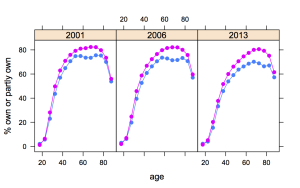
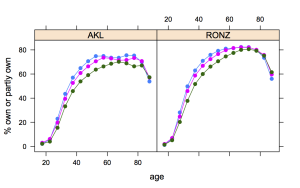
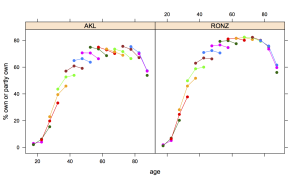

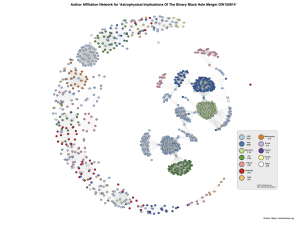
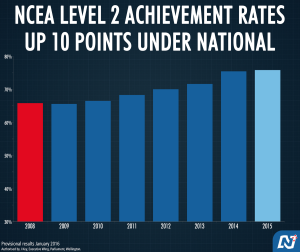
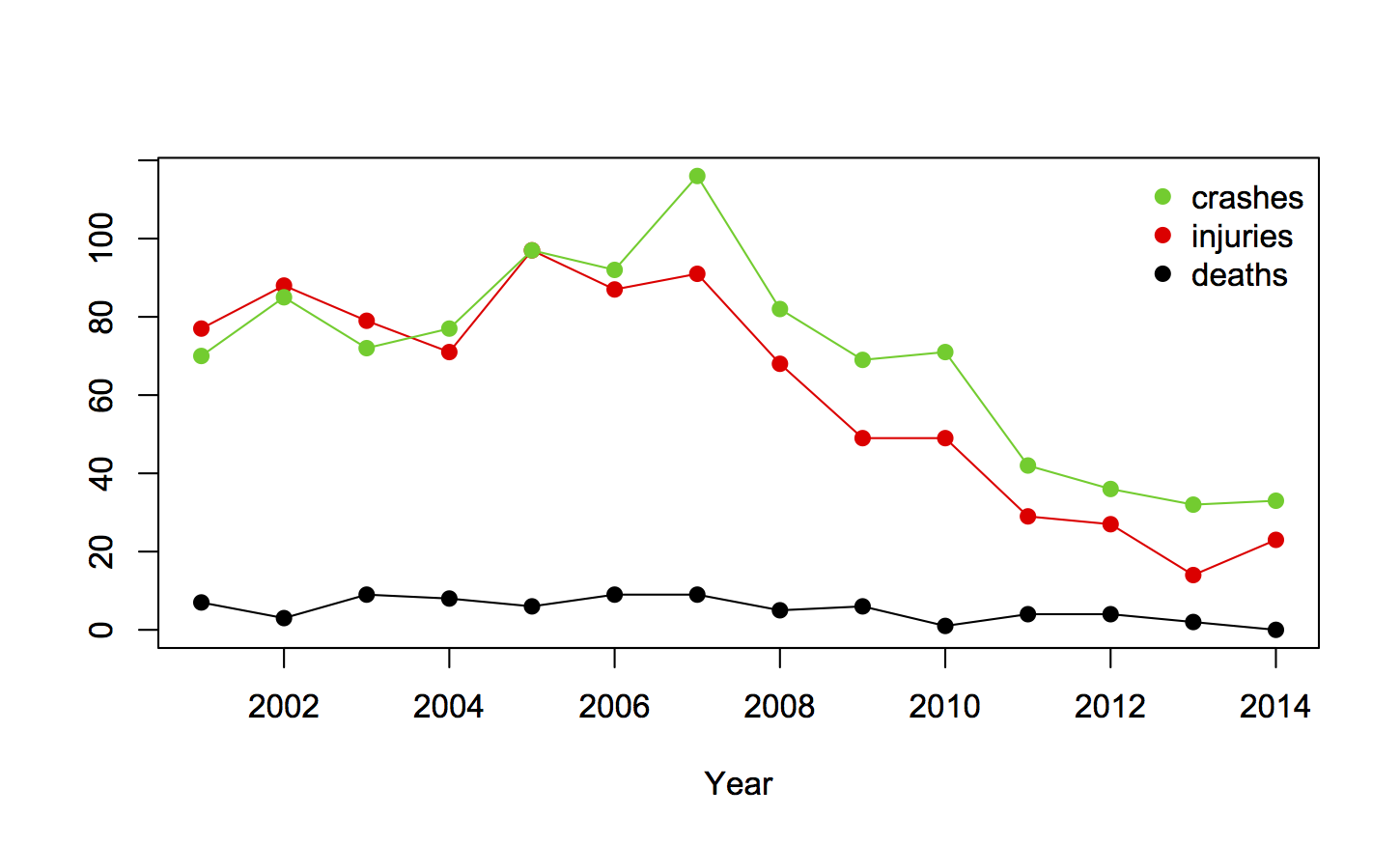
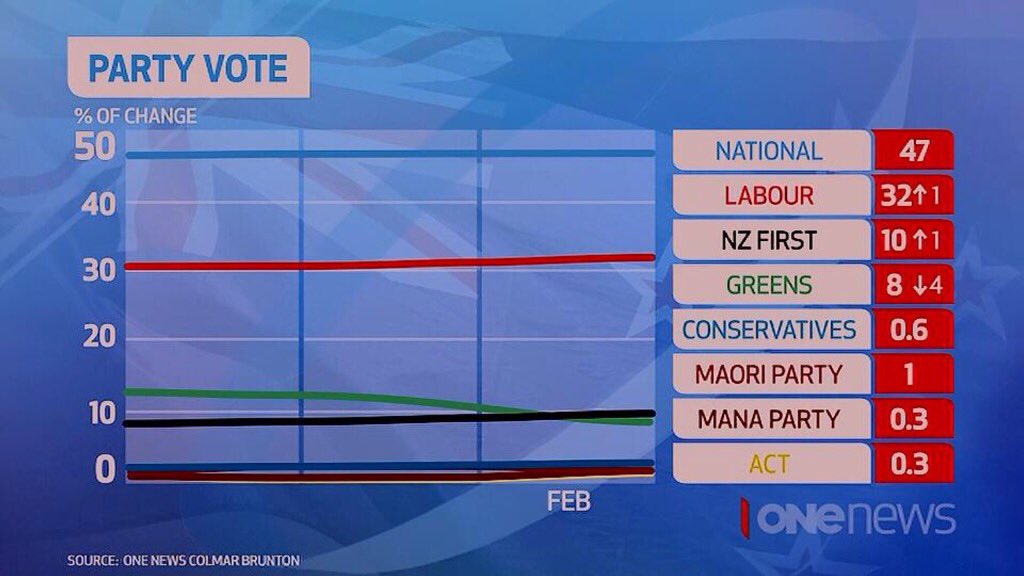
Recent comments